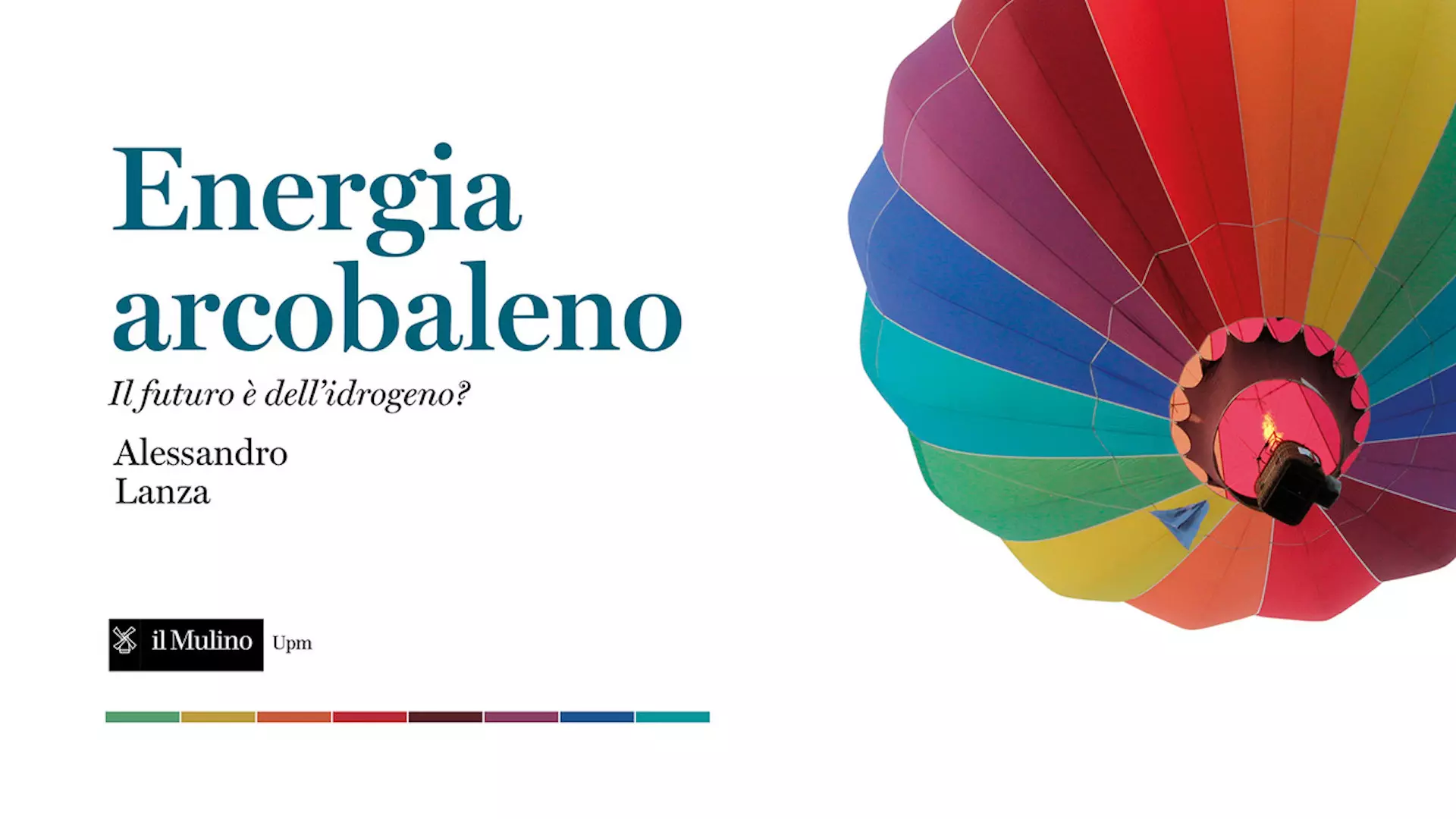https://www.lifegate.it/idrogeno-intervista-lanza
- |
Green, blue, pink, black, gray, brown:the'hydrogen it can take on different colors depending on how it is produced.For this reason we can allow ourselves to speak of "rainbow hydrogen", given the "chromatic" variety that this crucial energy carrier for the decarbonisation of Europe and the entire world can take on.

Hydrogen is not the solution to all problems
Hydrogen comes often defined as “flexible” because it can be produced from different energy sources and can be used in different ways depending on the user's needs.However, the transition to hydrogen requires significant investments in infrastructure and technologies:it cannot therefore be seen as a single solution to combat the climate crisis.
Hydrogen as a fuel, energy carrier and not a source of energy itself, it is a molecule abundant in nature but only combined with other atoms.His production is varied like the colors of the rainbow:black, gray and brown if it has a high carbon content, yellow if moderate, very low blue, while green, pink and turquoise are completely free of CO2 emissions.How do the different production methods affect the economic and environmental cost and therefore its applicability?What are the real prospects for the use of hydrogen in the immediate and distant future?
We have it at the professor Alessandro Lanza, director of the Eni Enrico Mattei Foundation and professor of Energy and environmental policy at the Luiss University of Rome, author of the essay, published by The Mill, “Rainbow energy.Is the future hydrogen?.

Professor Lanza, let's start from the beginning:why this book?
I have always followed the debate around hydrogen with great interest, but I have always identified a problem to which I felt a precise answer was missing:there is a lot of talk about how we do it, hence the confusion regarding its colours, but so much attention to the supply side is not equally balanced on the demand side, i.e. what do we do with this hydrogen?How do we use it?
And what answer did he find?
Hydrogen is serious business:It has applications that are necessary for decarbonization, but we cannot yet say precisely which will be the main sectors in which it will be used.The transport sector is certainly a good candidate, even if at the moment only two cars in the world run on hydrogen, compared to 150 different models and millions of electrified cars.So the offer is still very limited, expensive - because a hydrogen model costs more than 80 thousand euros - and the network of distributors in Italy can only count on two points, one in Venice and the other in the province of Trento.Instead, electric columns are popping up like mushrooms.So, it is true that hydrogen can be used to decarbonise transport but at the moment electric is winning out.
What about trains, trucks or heavy vehicles?
Trains that use hydrogen are still few, they exist and are in operation, certainly but at this moment I am speaking from Sardinia, a region where there are still very few electrified trains.So there are steps that need to be taken before the introduction of hydrogen and we are still behind on this too.One sector is that of transport by heavy vehicles, such as trucks.But the truth is that hydrogen is focusing heavily on hard-to-abate production, that is, those sectors whose emissions are more difficult to reduce, such as steel mills:here we need great power in energy terms, today still guaranteed by "dirty" fuels such as coking coal, so here hydrogen can really be useful.To produce them in large quantities, however, we need a lot of energy:perhaps when nuclear fusion becomes a reality, then we will be able to produce hydrogen in large quantities, at low cost and in a clean way, but that is still a very distant future.
Instead we don't have all this time...
Exactly, we need to decarbonise quickly, so in useful things at the moment hydrogen still has a marginal role.I'm not saying that we need to stop searching in this sense:hydrogen is a good compendium but it does not solve all our problems.We are not throwing away Pnrr money, so to speak, because instead it is a good thing that we continue to invest in this technology.If we do what we plan to do, it will be more than enough to guarantee hydrogen a real future.But to do it in a clean way we need to have renewable energy installed and so we must first focus and accelerate on this aspect.In the meantime, we can continue testing fuel cells for ships and planes.
What is your opinion on red or purple hydrogen, i.e. that produced from nuclear energy?
It depends on what type of nuclear energy we use.Right now fusion has no real, commercial applications, so fission remains.It makes no sense to build new nuclear power plants to make hydrogen, because the world is electrifying and electrification brings with it renewables, which rather have the problem of storage, so it makes sense to focus on that.It makes sense for countries that already have power plants to use them, yes.More generally, technology moves fast, so what we discuss today around hydrogen could change quickly.
